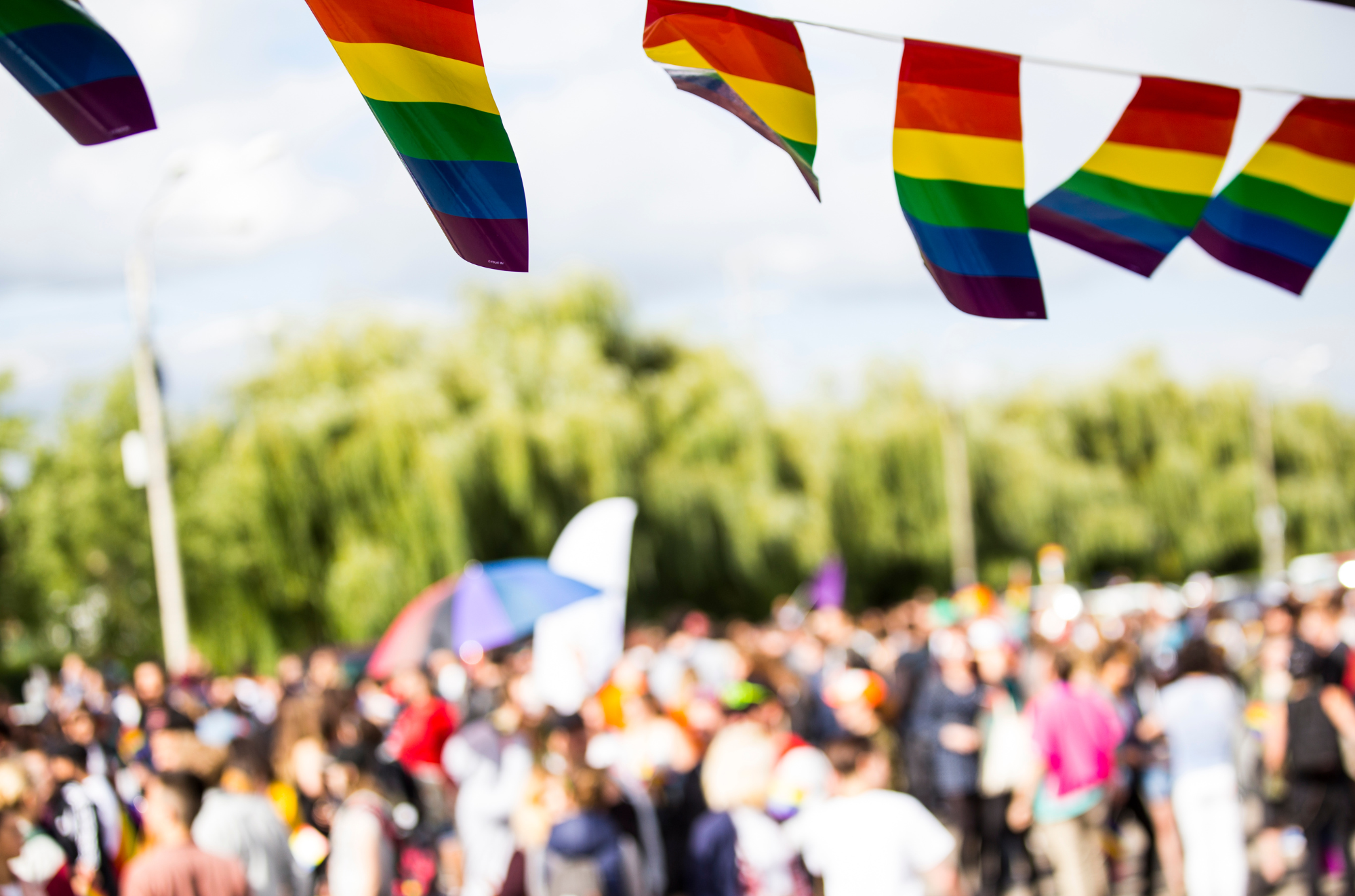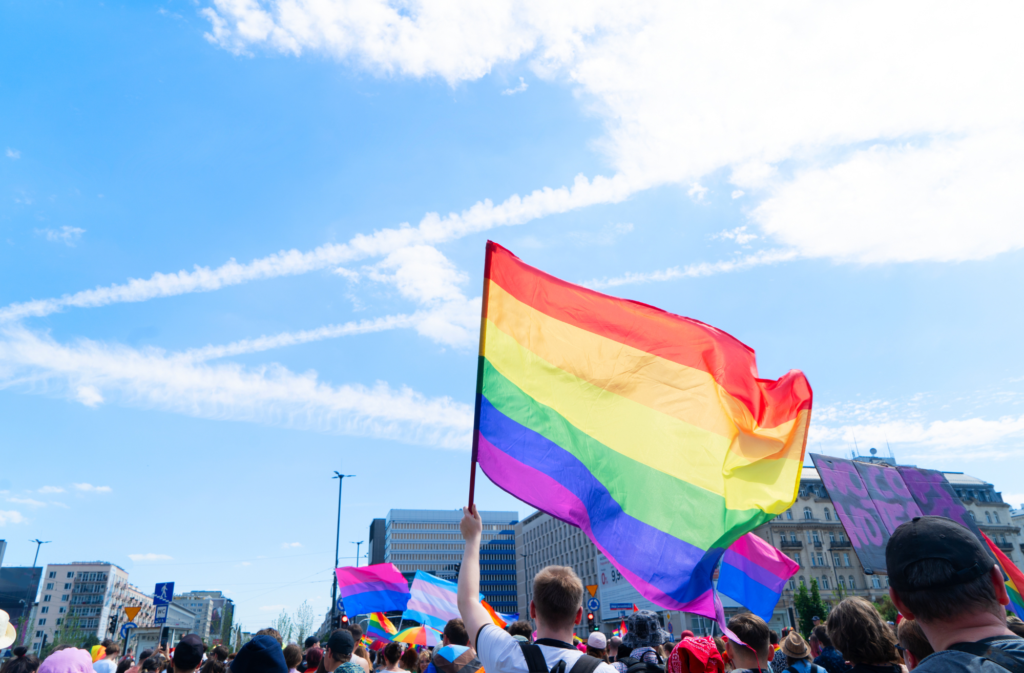
Chicago’s Pride History
Published on June 20, 2024
Ronnie Frey’s Bits of Boystown Adventure takes you through the heart of the Northalsted corridor, including 20 bars, community centers, and sites that tell the history of Chicago’s LGBTQ community.
By Dave Lifton (@daveeatschicago)
Although Chicago today is liberal and progressive, that hasn’t always been the case, particularly with regard to the LGBTQ community. Anti-sodomy laws had been on the books in Illinois since its days as a British territory, when it was punishable by death. In 1851, Chicago’s City Council passed a series of “public morals and decency” ordinances, one of which prohibited cross-dressing with a minimum fine of $20, four times the then-national average.
However, those laws were often flouted by the turn of the century in the brothels in the Levee, the infamous South Loop vice district that saw the rise of Chicago’s history with organized crime. After the Levee was shut down in 1911, Towertown—a Near North Side neighborhood located a few blocks west of the Water Tower—emerged as a bohemian art colony. It was essentially Chicago’s first gay-friendly residential neighborhood.
In 1924, German immigrant Henry Gerber founded the first gay rights organization in the U.S., the Society for Human Rights from his home in Old Town. It only lasted a few months before Gerber and other members were arrested on trumped-up obscenity charges. They were eventually dropped, but the damage done to Gerber and the Society for Human Rights was irreparable.
The growth of Michigan Ave. north of the river put an end to Towertown by the late 1930s as property values rose, and the local LGBTQ community splintered. Meanwhile, numerous nightclubs in Bronzeville featured performances by gay blues and jazz musicians and female impersonators, who played to desegrated audiences. ‘Drag Balls’ were regularly held on Halloween and New Year’s Eve, when they could get around the cross-dressing laws by being billed as costume parties.
Not too long after World War II, however, queer Blacks left Bronzeville for Hyde Park and South Shore, where the Jeffery Pub, Chicago’s oldest continually-operated gay bar, opened in 1965. Whites, who had been nomadic since the demise of Towertown, created a couple of enclaves. The first was not too far away from Towertown, with the corner of Dearborn and Division taking on the nickname of “Quearborn and Perversion,” and the city’s first leather bar, the Gold Coast, opening a block away in 1958. The second North Side spot was at the triangular intersection of Clark, Broadway, and Diversey in a changing Lakeview neighborhood called “New Town.”
Although Illinois’ decriminalized sodomy in 1961, gay and lesbian bars in Chicago were regularly subjected to raids by police. The community based in the Gold Coast was displaced when the city, in the name of urban renewal, leveled blocks to make way for the Carl Sandburg Village housing development. They joined the larger group in New Town.
On June 28, 1969, a routine raid on the Stonewall Inn, a gay bar in New York’s Greenwich Village, became the catalyst for the modern gay rights movement when patrons fought back. A year later, Chicago’s gay community celebrated the anniversary of the uprising with the city’s first Pride Parade, with 150 people marching from Washington Square Park to Daley Plaza and chanting outside City Hall.

The next year, the Parade moved to New Town and, over the next decade, the neighborhood became what Chicago’s LGBTQ community never had, a permanent home, with N. Halsted St. becoming its commercial center. Gay Horizons (now Center on Halsted) opened as a community center in 1973, the same year the law against cross-dressing was repealed. The numbers gave them economic and political clout. Mayor Jane Byrne proved a friend to the community, honoring the 1981 Pride Parade with a proclamation, ending LGBT discrimination in hiring, and calling off the police harassment.
In the 1980s, the AIDS epidemic ran rampant through America, killing more than 14,500 Chicagoans. A pair of newspapers, Windy City Times and Outlines, launched to provide Chicago’s LGBTQ community with crucial information. A political cartoonist named Danny Sotomayor, who was diagnosed with HIV in 1987, became the local face of the movement through his involvement with ACT UP.
By the end of the decade, New Town had been christened Boystown, and it became the first American neighborhood to be recognized for its importance to the gay community in 1997 by Mayor Richard M. Daley. The Legacy Walk, a series of plaques commemorating the lives of 40 difference-makers in the global LGBTQ community, was installed on Halsted between 2012 and 2018.
In 2020, the name was changed once again, to Northalsted, to be more inclusive of the entire LGBTQ community. Two years later, the AIDS Garden was opened on the lakefront near Belmont Ave., as a memorial to those who died during the epidemic. Its centerpiece is a 30-foot sculpture of Keith Haring’s “Self-Portrait,” and the 2.5-acre garden features spaces for education and reflection.
Northalsted holds a special place in the struggle for LGBTQ rights in the U.S. As it evolves, it continues to remind us of how much work still needs to be done.

The Adventure starts when you say it does.
All eATLAS Adventures are designed and built by experienced eATLAS Whoa!Guides. They're always on. Always entertaining. And always ready to go.
Check out our Adventures!